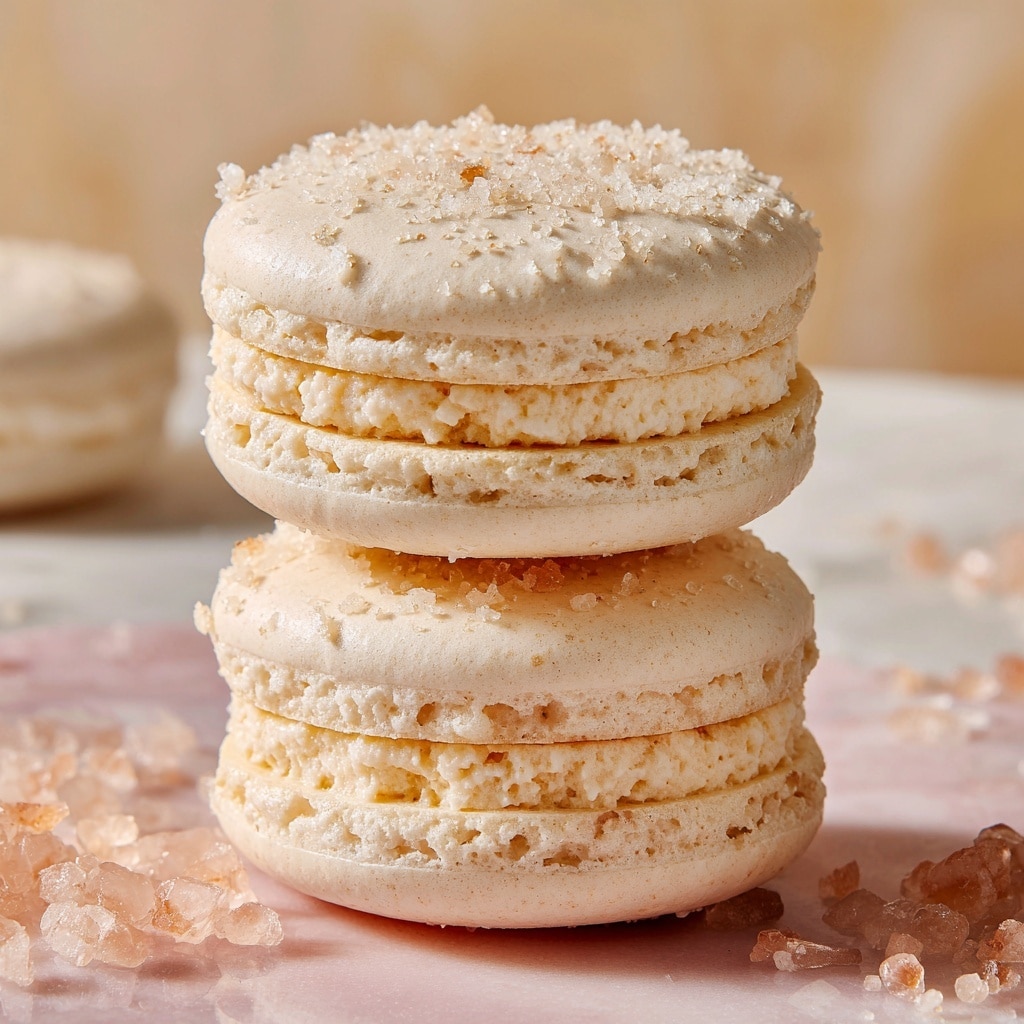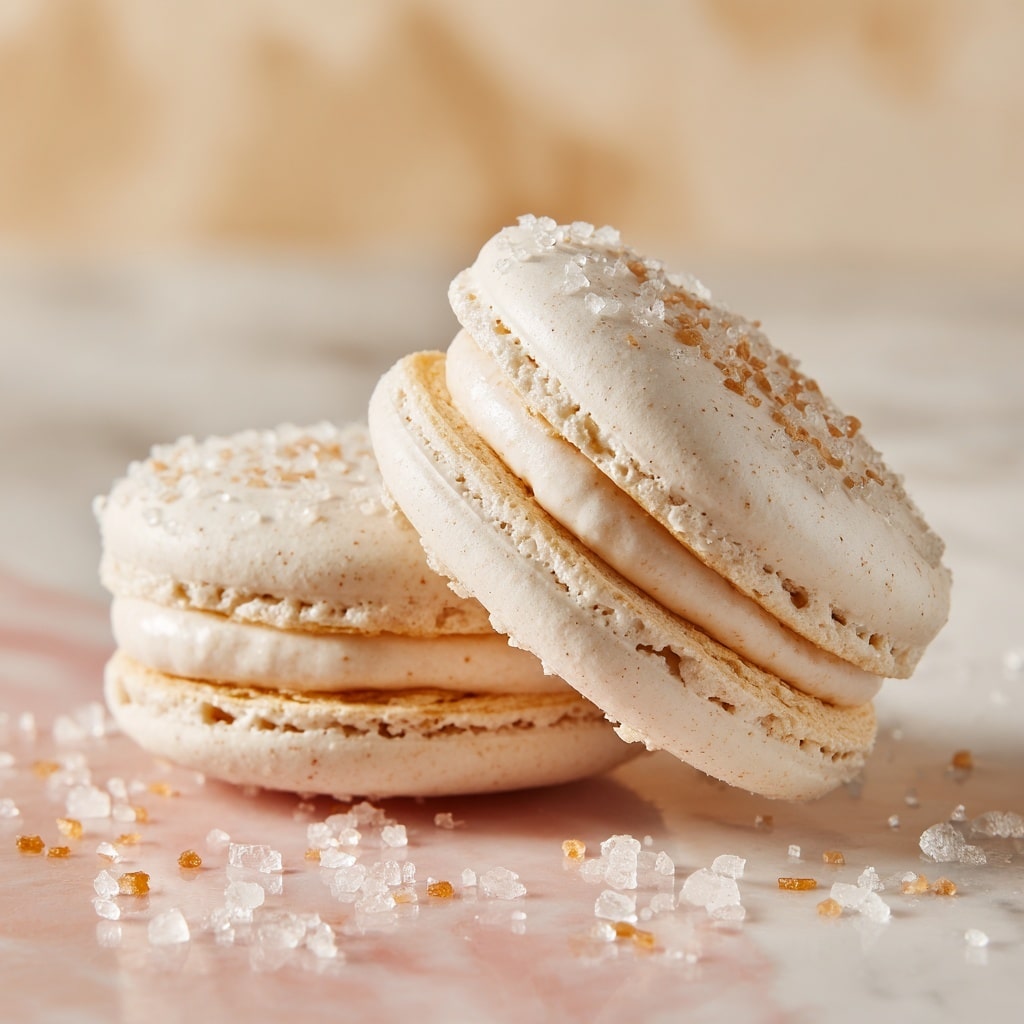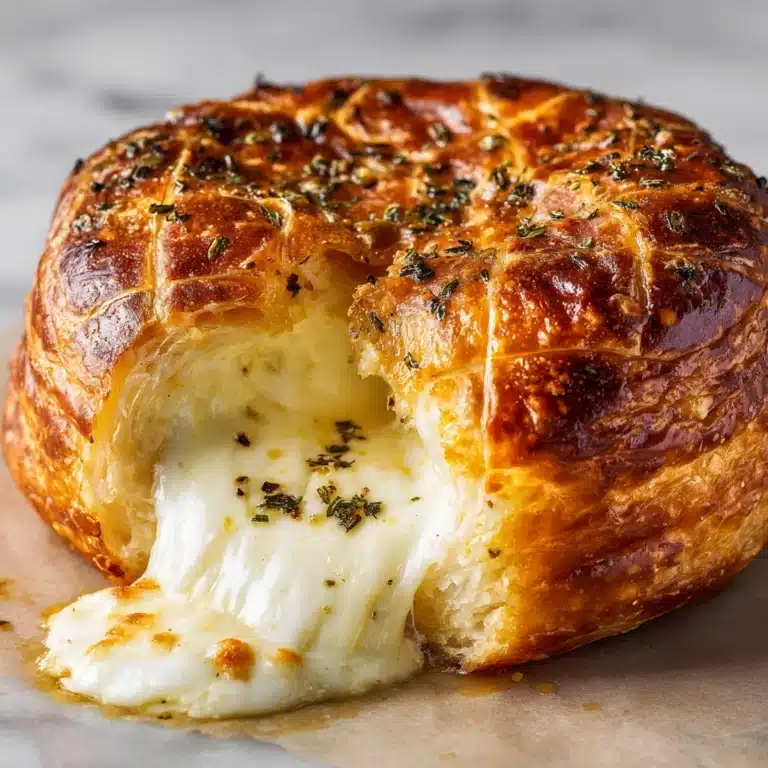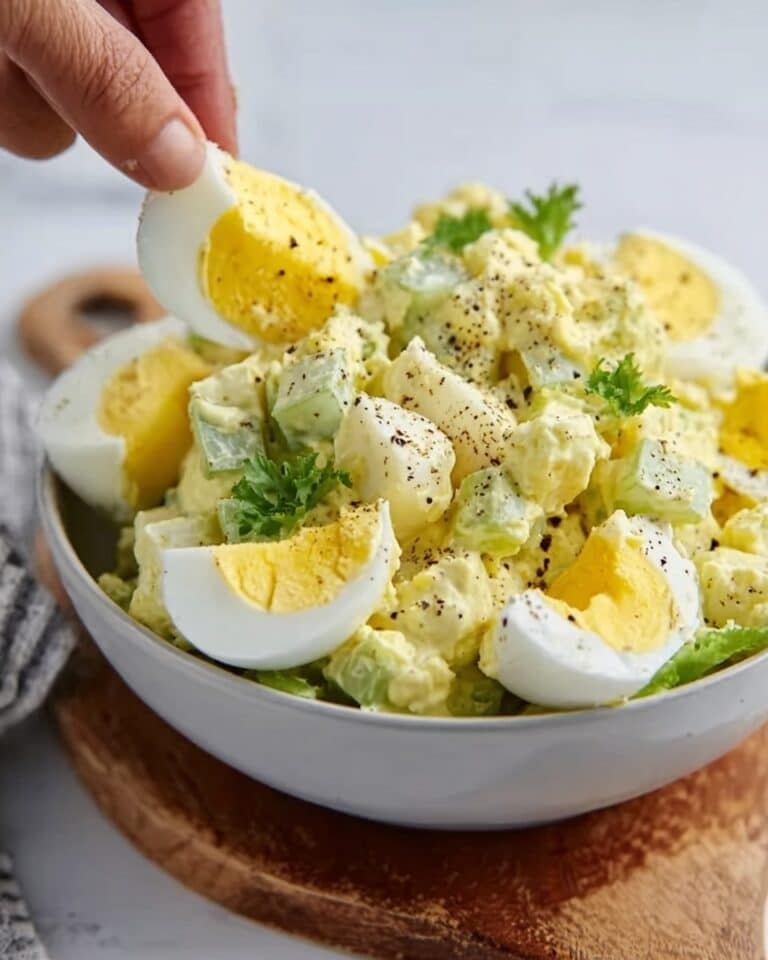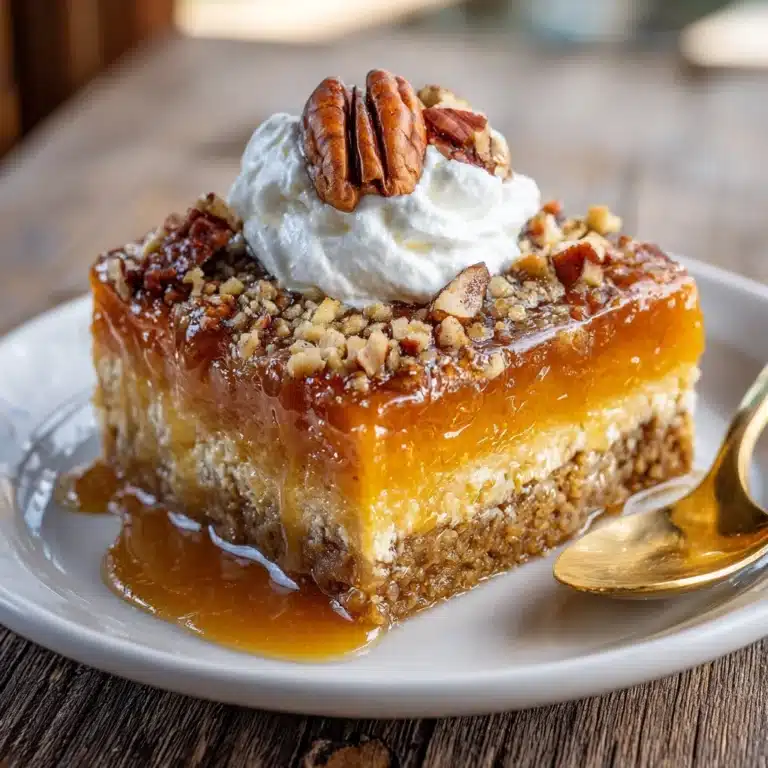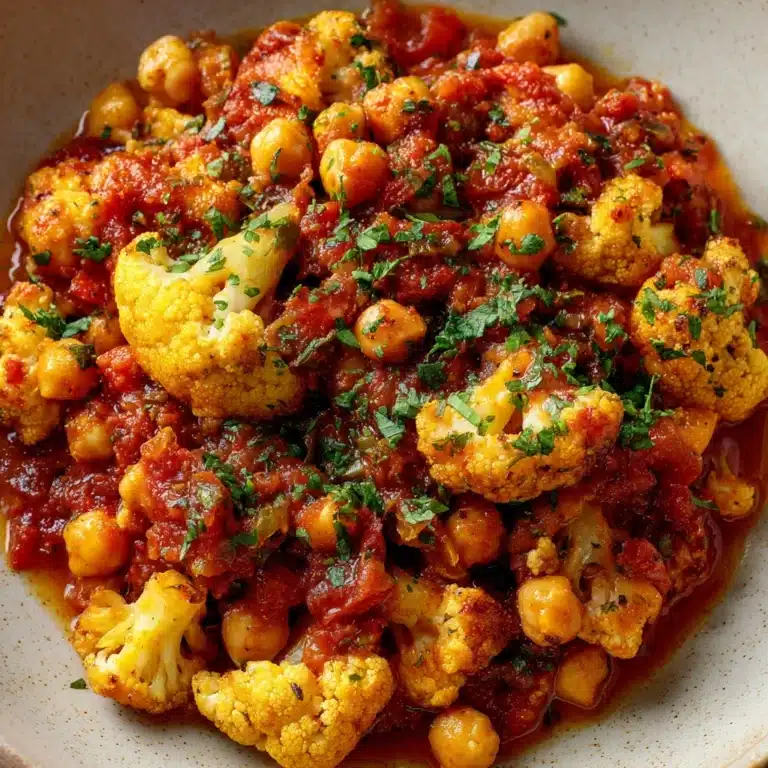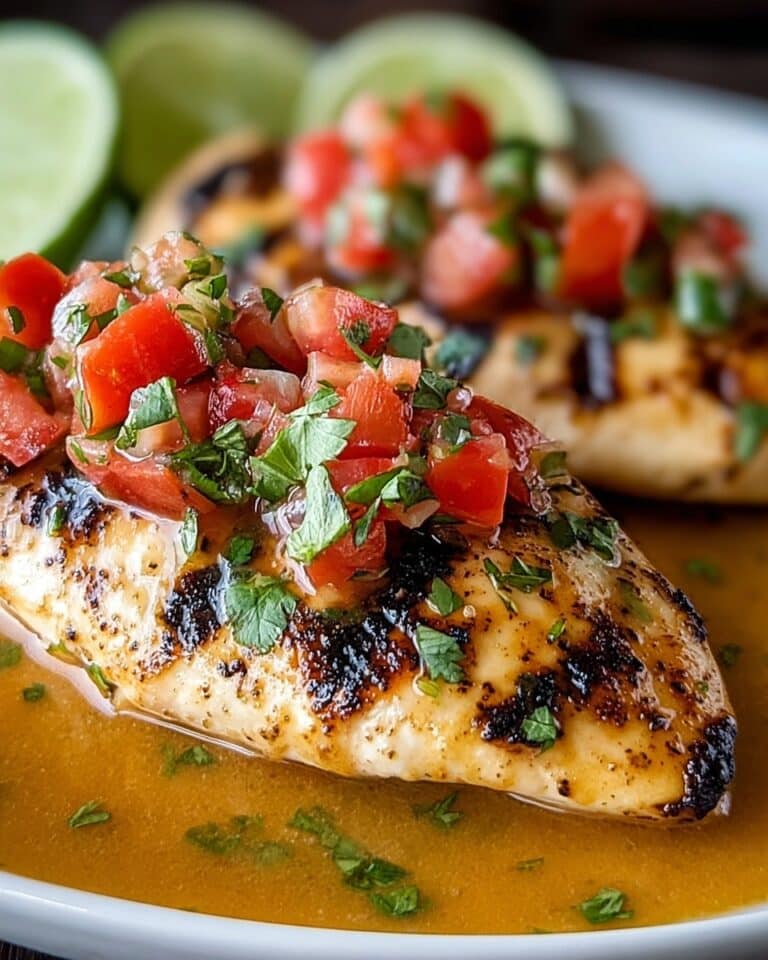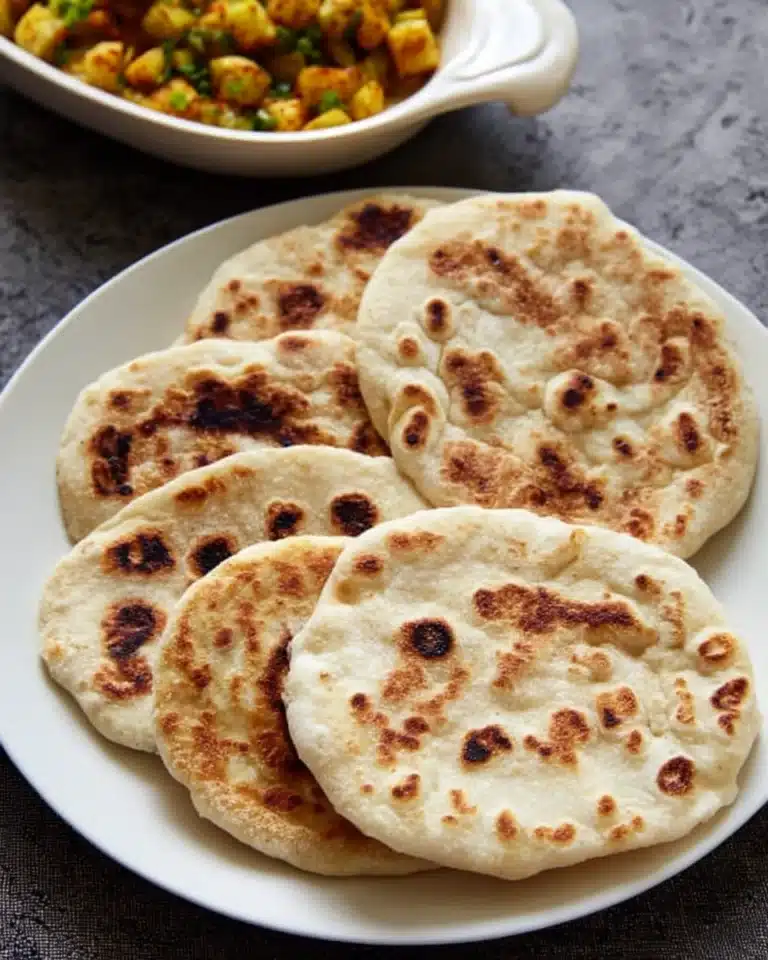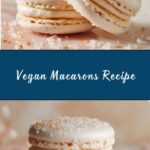If you have a sweet tooth but follow a plant-based lifestyle, this Vegan Macarons Recipe is about to become your new best friend in the kitchen. These delicate, pastel-hued confections deliver the satisfying crunch and chewy center you’d expect from classic macarons—all without a single egg or dairy product. Using the magical aquafaba from chickpeas, a natural egg white substitute, this recipe transforms simple pantry staples into elegant treats that are sure to impress both vegans and non-vegans alike. Trust me, once you master this Vegan Macarons Recipe, you’ll want to bake them again and again for every special occasion or cozy self-indulgence moment.
Ingredients You’ll Need
This Vegan Macarons Recipe calls for a handful of ingredients that are surprisingly straightforward yet absolutely essential. Each one plays a crucial role in creating those perfectly crisp edges, tender centers, and the subtly sweet flavor that macarons are famous for. From the magical aquafaba to the finely ground almonds, let’s take a look at what you’ll need to whip up these beauties.
- Aquafaba (liquid from 2 cans of chickpeas): This is your miracle egg white replacement, providing the structure and fluffiness for the meringue.
- Cream of tartar (¼ teaspoon): Helps stabilize the aquafaba as you whip it into stiff peaks.
- Caster sugar (100g): Also known as superfine sugar, it dissolves easily to create a smooth meringue.
- Ground almonds (100g): The foundation for the macaron shells, giving a gentle nuttiness and perfect texture.
- Icing sugar (100g plus 250g): The first portion is folded into the batter for sweetness and smoothness; the rest is used for the buttery filling.
- Vegan margarine (75g): Adds creamy richness to the filling without dairy.
- Vanilla extract (1 teaspoon): Infuses the filling with sweet, aromatic flavor.
- Plant-based milk (a splash): Used if needed to adjust the filling’s consistency for that perfect spreadability.
How to Make Vegan Macarons Recipe
Step 1: Prepare the Aquafaba
Begin by pouring the liquid from two 400g cans of chickpeas into a medium saucepan. Simmer this gently over medium heat until it reduces by half, leaving about 125 grams of liquid. Transfer it to an airtight container and pop it into the refrigerator overnight. This step concentrates the aquafaba, helping it whip into a stiff meringue that mimics egg whites perfectly.
Step 2: Preheat Your Oven
The magic happens at the right temperature, so preheat your oven to 150°C (300°F), or if you have a fan oven, set it to 130°C (275°F). This ensures your macaron shells cook evenly without browning too fast, giving them that signature smooth matte finish.
Step 3: Whip the Aquafaba
Measure 100 grams of the chilled aquafaba and put it in a clean mixing bowl along with ¼ teaspoon of cream of tartar. Whip on high speed until it becomes frothy and pale. Then, add the caster sugar slowly while continuing to whip, until you achieve glossy, stiff peaks. This glossy meringue is the base of your shells and is crucial for that perfect macaron texture.
Step 4: Combine Dry Ingredients and Fold in Gently
Sift together the ground almonds and 100 grams of icing sugar to avoid any lumps, then fold them into your whipped aquafaba in two stages, carefully mixing to maintain the airy texture. You’re aiming for a batter that falls off the spatula in thick ribbons, which is how you know it’s perfectly folded without deflating that precious meringue.
Step 5: Pipe and Rest the Shells
Using a piping bag or a plastic bag with the tip cut, pipe 2.5 cm (about 1 inch) rounds onto parchment-lined baking trays. Once piped, let the shells rest at room temperature for 20 to 30 minutes until their surfaces are matte and no longer sticky to the touch. This step helps develop their iconic “feet” during baking.
Step 6: Bake and Cool
Bake the shells for approximately 18 minutes, rotating the tray halfway through for even heat distribution. Your macaron shells are done when they feel firm but not browned. Allow them to cool completely on the tray before removing to prepare for filling.
Step 7: Prepare the Filling
Mix the remaining 250 grams of icing sugar with 75 grams of vegan margarine and 1 teaspoon of vanilla extract until smooth and creamy. If the filling is too thick, add a splash of plant-based milk to get the perfect spreadable consistency. This luscious buttercream is the perfect complement to your delicate shells.
How to Serve Vegan Macarons Recipe

Garnishes
Feel free to dress up your vegan macarons with a sprinkle of edible glitter, finely chopped pistachios, or a delicate dusting of cocoa powder on top. These little touches add an extra flair whether you’re serving them at a party or giving them as homemade gifts.
Side Dishes
Serve your macarons alongside a cup of fresh herbal tea, a rich espresso, or a delicate chilled fruit compote. These pairings balance the sweetness beautifully and turn your macaron break into a delightful mini feast.
Creative Ways to Present
Arrange your macarons in a clear glass jar tied with a pastel ribbon for an elegant gift. Or stack them on a tiered cake stand with fresh edible flowers for a charming party centerpiece. The beauty of this Vegan Macarons Recipe is how they effortlessly elevate any occasion.
Make Ahead and Storage
Storing Leftovers
Vegan macarons keep best when stored in an airtight container in the refrigerator. They’ll stay fresh and chewy for up to 5 days, making them perfect to prepare ahead for celebrations or just to satisfy future cravings.
Freezing
If you want to make a big batch, you can freeze the finished macarons by placing them in a sealed container with parchment paper layers between. When ready to enjoy, thaw overnight in the refrigerator to preserve their texture and flavor.
Reheating
Macarons are best enjoyed fresh or after thawing, but if you want to slightly warm them, just let them sit at room temperature for about 15 minutes. Avoid microwaving as this can alter their delicate texture.
FAQs
Can I use fresh chickpeas instead of canned for aquafaba?
Using canned chickpeas is recommended because their cooking liquid is more concentrated and consistent. Fresh chickpeas’ cooking water tends to vary in starch and protein content, which can affect the aquafaba’s performance in your Vegan Macarons Recipe.
What if my aquafaba doesn’t whip up well?
Make sure your bowl and beaters are impeccably clean and dry. Using slightly chilled, reduced aquafaba improves whipping. Adding cream of tartar helps stabilize the foam as well—these tips usually do the trick to get stiff, glossy peaks.
Can I add colors or flavors to the shells?
Absolutely! Natural food colorings or powdered flavorings like cocoa or matcha can be folded into the dry ingredients before mixing. Just be cautious with liquid extracts in the shells themselves as they can alter the batter consistency.
Is the filling vegan-friendly?
Yes, the filling is made with vegan margarine and plant-based milk, so it’s completely vegan. You can experiment with other vegan buttercream variations or fruit jams to mix things up.
How do I know when the macarons are perfectly baked?
The shells should be firm to the touch with a smooth matte surface and developed “feet” at the bottom edges. They shouldn’t look shiny or wet. If you tap them gently, they should feel crisp but not brittle.
Final Thoughts
Making this Vegan Macarons Recipe might seem like a challenge at first, but with patience and a bit of practice, you’ll be rewarded with irresistibly delightful treats that prove vegan baking can be just as elegant and delicious as traditional. So go ahead, gather your ingredients, and share the joy of these little sweet wonders with friends and family—you’ll be a vegan macaron maestro before you know it!
Print
Vegan Macarons Recipe
- Prep Time: 15 minutes + overnight chilling
- Cook Time: 18 minutes
- Total Time: 1 hour 15 minutes plus overnight chilling
- Yield: 20 servings
- Category: Dessert
- Method: Baking
- Cuisine: French
- Diet: Vegan
Description
Delight in these delicate and airy Vegan Macarons made with aquafaba, a plant-based egg white substitute derived from chickpea liquid. This vegan-friendly recipe achieves the classic macaron texture with a crisp shell and chewy interior, perfect for those seeking an egg-free treat.
Ingredients
For the Macaron Shells
- Liquid from 2 x 400g cans of chickpeas (aquafaba)
- ¼ teaspoon cream of tartar
- 100g caster sugar (superfine sugar)
- 100g ground almonds
- 100g icing sugar
For the Filling
- 250g icing sugar
- 75g vegan margarine
- 1 teaspoon vanilla extract
- A splash of plant-based milk (to adjust consistency if needed)
Instructions
- Prepare Aquafaba: Pour the liquid from the chickpea cans into a medium saucepan. Simmer over medium heat, reducing the liquid by half until approximately 125g remains. Let it cool completely, then refrigerate in an airtight container overnight to chill thoroughly.
- Preheat Oven: Set your oven to 150°C (300°F) for conventional ovens or 130°C (275°F) if using a fan-assisted oven.
- Whip Aquafaba: Weigh out 100g of the chilled aquafaba and place it into a clean, dry bowl. Add the cream of tartar, then whip on high speed using an electric mixer until the mixture is frothy and pale.
- Add Sugar Gradually: While continuing to whip, slowly add the caster sugar in small portions until the meringue reaches stiff, glossy peaks, indicating it is ready to use.
- Combine Dry Ingredients: Sift together the ground almonds and icing sugar into a separate bowl to remove lumps and ensure a smooth mixture.
- Fold Dry Ingredients: Gently fold the almond and icing sugar mixture into the whipped aquafaba in two additions. Use a spatula and carefully fold to avoid deflating the airy meringue mixture, aiming for a smooth, glossy batter.
- Pipe Macarons: Transfer the batter to a piping bag and pipe 2.5cm (1-inch) diameter rounds onto parchment-lined baking trays. Allow the piped shells to rest for 20 to 30 minutes until they develop a matte finish and a slight skin forms on the surface.
- Bake Shells: Bake the shells in the preheated oven for 18 minutes. To ensure even baking, rotate the trays halfway through. The shells should feel firm to the touch when done. Cool completely before filling.
- Prepare Filling: In a mixing bowl, beat the vegan margarine until creamy. Gradually add the 250g icing sugar and vanilla extract, mixing until smooth. Add a splash of plant-based milk if the filling is too thick, adjusting to desired consistency.
- Assemble Macarons: Once the shells are fully cooled, pair them by size and pipe or spread a small amount of the filling onto one shell. Sandwich together gently with its matching shell. Store macarons in an airtight container and allow flavors to meld for several hours or overnight for best texture.
Notes
- Chilling aquafaba overnight helps stabilize the meringue and improves whipping.
- Resting the piped shells allows a skin to form, which is crucial for the iconic macaron feet.
- Be gentle when folding the dry ingredients to maintain airiness and achieve the correct batter consistency.
- If the batter is too runny, let it rest briefly to thicken or add a small amount more almond flour and icing sugar mixture.
- Macarons are best stored in an airtight container in the refrigerator and served at room temperature.

